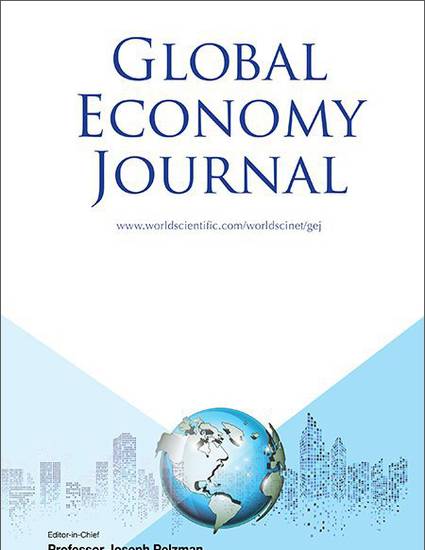
Article
The "Deeper" and the "Wider" EU Strategies of Trade Integration: An Empirical Evaluation of EU Common Commercial Policy Effects
Global Economy Journal
(2007)
Abstract
Since the post war period, the EU Common Commercial Policy (CCP) has moved in two directions mainly through Preferential Trade agreements (PTAs): a ``deeper" (internal) trade integration process intended to reinforce trade relations among European countries (i.e. Custom Union, Single Market, European Monetary Union, Enlargement Process), and a ``wider" (external) integration process intended to reinforce trade relations with third countries.
Surprisingly, there are very few empirical studies in the literature which specifically quantify the effects of the overall EU PTAs on the European countries’ trade flows. This paper seeks to fill this gap by conducting an empirical investigation on whether and how the CCP had a significant impact on European countries' imports. It adopts an extended version of the gravity model. In line with recent studies, it uses a Hausman Taylor estimator, controls for heterogeneity and includes a set of variables to proxy for the ``multilateral trade resistance index"
According to our results, the EU ``free trade area" has been a successful experiment in trade liberalisation. However, the positive and significant coefficient of PTAs signed by the EU with third countries may somehow have limited the occurrence of trade diversion effects. Indeed, the coefficient of the trade diversion dummy is significant but relatively small.
Keywords
- trade flows,
- regional integration,
- gravity model,
- panel data
Disciplines
Publication Date
2007
Citation Information
Roberta De Santis and Claudio Vicarelli. "The "Deeper" and the "Wider" EU Strategies of Trade Integration: An Empirical Evaluation of EU Common Commercial Policy Effects" Global Economy Journal Vol. 7 Iss. 4 (2007) Available at: http://works.bepress.com/claudio_vicarelli/3/
